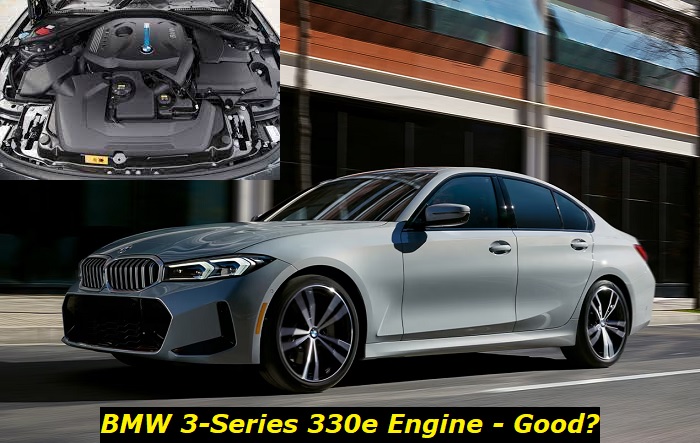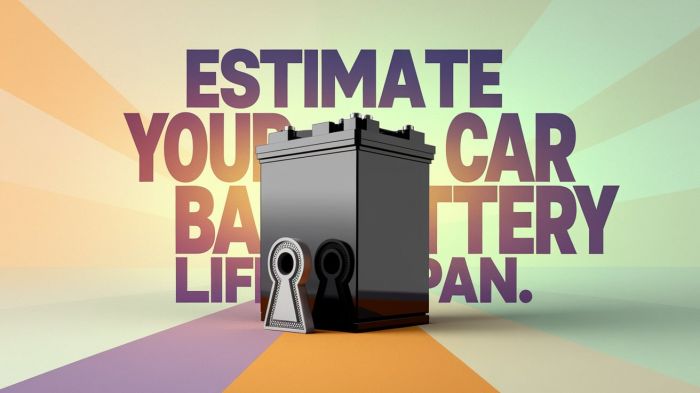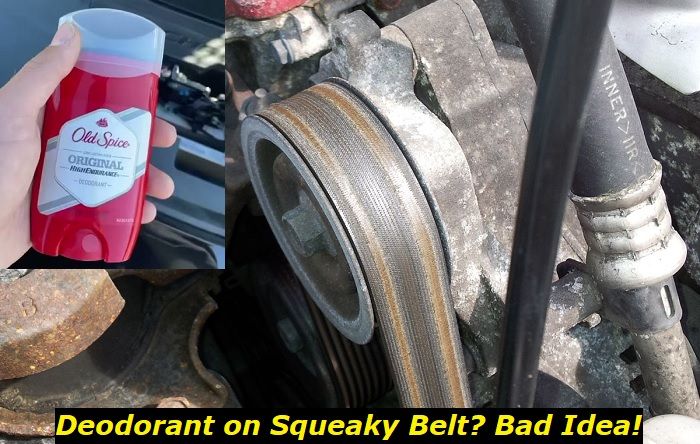I've already told you about the most affordable BMW 3-Series engine you can get today - the 330i. Now, it's time to move to a more expensive version with a plug-in hybrid technology - the 3-Series 330e. Under this trim, you will see a gasoline-electric engine that has a good battery backup and really impressive gas mileage.
Today, I will tell you more about the engine in the BMW 3-Series 330e trim, its common problems, and also about some of its main advantages. We will see if it's actually worth paying more for this trim than for the standard 330i version. We are talking about the BMW 3-Series G20 generation.

Key facts and my opinion about the engine
- Production years: 2014-now
- Average lifespan of B48: 140,000-160,000 miles
- Fuel supply type: direct injection
- Power range: 156-306 hp
- Fuel efficiency: good
- Engine block material: aluminum
- Engine reliability score: low
- The most common problems: intensive oil consumption, poor balance shaft bearings, very demanding to oil quality
What should you know about the 3-Series 330e engine?
The G20 generation has two types of hybrids. Up to 2020, the company offered the PHEV with a 50-kW electric motor and since 2020 they have been selling the more powerful version that has an 80-kW electric motor inside. But the heart of the vehicle remained untouched - this is still the B48 2.0L turbo engine, just the same as is used in the 330i version.
What surprised me is that you can buy the PHEV version just a thousand dollars more expensive than the non-hybrid 330i. It makes the 330e one of the most lucrative versions of the 3-Series today because you buy it at almost the same price as the base version but get the plug-in hybrid technology and unbelievable mileage.
So, here are some key features of the engine:
- the heart of the powerplant is the B48 2.0L turbocharged engine - just a standard BMW engine that is used in dozens of models of BMW and Mini;
- the electric motor is 80 kW or 107 horsepower, it's a synchronous electric motor that is very reliable and durable;
- the vehicle has a small 12-kWh battery pack and it doesn't give it a chance to be used as an EV, but still, it affects the mileage really significantly;
- this is a PHEV, so you can charge it using your socket at home or an EV charger and you get 20 to 22 miles of all-electric range;
- you can get 330e or 330e xDrive - the latter comes with the all-wheel drive system and this is the only difference between the trims;
- the estimated combined mileage is said to be 75 MPGe - I have no clue how they count it, so I can't comment on it but I feel this is misleading;
- the powerplant offers 288 horsepower and 310 lb-ft of torque which is slightly better than the 330i version;
- the engine is equipped with an 8-speed transmission (ZF 8HP) that is reliable and won't cause a lot of problems.
Everything in this car seems to be good. The powerful turbocharged engine is economical and seems to be good in terms of how long it can go. Also, the electric part makes it even better for the economy and adds the feel of the future - you can drive it as an EV but not for a long time.
This seems to be a great bridge between EVs which are still limited with their range and charging time and gas cars which are obviously living their last years. Hybrids can be a great solution because they are better for ecology and are great in terms of the practical side of driving. So, BMW 3-Series 330e is obviously worth its money and should be considered if you want a 3-Series.
How long will this powerplant last?
As with all hybrid engines, this one is going to have some specific problems. I've already told you about the 330i engine, so you may know about the B48's longevity. But in case you haven't read that article, it should be about 170,000 miles. The durability of this engine is very dependent on the quality of maintenance and the driving style.
But the durability of a hybrid engine is not only affected by the lifespan of the gas unit. The electric motor won't change it because it can last twice longer as the gas unit, but the battery pack and transmission will affect the durability.
First of all, the transmission will need to do more work and it will obviously need one expensive repair at about 100,000 miles. After that, if you regularly change the oil and filters, the ZF transmission should last till the engine drops.
Secondly, the battery pack will need replacement at about 100K miles. Fortunately, the battery pack is not that huge. But it's still BMW and you need to understand that prices for any OEM parts will be as high as the sky.
So, while the overall longevity is still about 170,000 miles, you will have to repair your 3-Seres 330e several times within this mileage and invest some money.
What are the common problems with the 330e powerplant?
The PHEV engine in the 3-Series doesn't cause a lot of minor problems, so you will not spend lots of time in the dealership. At least, until the car hits the 100K-mile mark. After that, the repair shop will become the place of your regular attendance.
And still, I've seen 20K-mile BMW 3-Series 330e on car lifts in dealerships with serious problems and engines being off the cars. This is BMW and you have to be ready for this.
But here are some of the most common issues that happen with these PHEV engines:
1. Total engine damage at low mileage
While the vehicle is under warranty, you will go to the dealership and provide it with great maintenance. But then, you may decide to save some money and go to a local repair shop to change the oil and filters. This is where problems may start coming because the wrong oil, poor maintenance, and cheap aftermarket parts are the first reason why these engines die.
The B48 engine is super-sensitive to the quality of fuel and maintenance. If you aren't ready to invest in good maintenance, better don't buy BMW.
Also, the total engine damage may come after too aggressive driving. If you like driving aggressively, better buy a performance-oriented M340i version.
2. Oil consumption and low pressure
As in all German vehicles, you will see the low-oil-pressure warning light when it's too late and the oil level is too low. If you see this light, immediately stop the engine and never start it before you figure out the issue.
Oil consumption starts at about 40K miles and then progresses over time. At 100,000 miles, you may consider replacing valve seals and repairing other parts of the engine to avoid some standard issues and prolong the life of the engine. But in your BMW engine, this will cost a fortune.
3. Bad gas mileage on highways
The small hybrid battery size leads to problems with maintaining a good fuel consumption rate on highways. At high speeds, your hybrid system will not be working and will only add some power and torque to the vehicle. The highway gas mileage is rated at 28 MPG - just the same as in the 330i version.
This is the problem for all PHEVs and other types of hybrids with small battery packs. You can't solve this issue. Just know that if you drive 90% of your time on highways, you don't need to overpay to get a 3-Series PHEV.
4. Unstable engine work
There is a common problem with a fuel tank vent valve. When this valve malfunctions, the vacuum forms in the fuel tank and it disturbs the proper work of the fuel supply system. So, the pump can't create the needed pressure of fuel (which is just insane in these engines) and eventually, you get low power and unstable idle of the engine.
The good news is that the vent valve for the fuel tank is really not so expensive and is easy to replace. But locating this problem may take some time, especially if you go to a non-dealership repair shop.
What can you do to prolong the life of the 3-Series 330e engine?
Well, there is nothing much you can do - just have the engine maintained very well by a good repair shop or in the dealership and never experiment with the quality of fuel. This engine needs regular maintenance every year or at least every 15,000 miles.
Also, you should avoid aggressive driving. This will kill the hybrid battery, kill the engine, and also affect the expensive transmission. Buy the M340i version of the 3-Series if you need the car for showing off and some really cool driving. The 330e is just a good sedan car for everyday driving without pressing that gas pedal to the floor each time you are driving the vehicle.
One more thing is that you shouldn't ignore any warning lights and error messages. If you do this, you will most likely kill your engine and will need to repair or even replace it. Be careful with the engine oil level and check it as often as possible. Better keep the level near the high mark on the dipstick at all times.
About the authors
The CarAraC research team is composed of seasoned auto mechanics and automotive industry professionals, including individuals with advanced degrees and certifications in their field. Our team members boast prestigious credentials, reflecting their extensive knowledge and skills. These qualifications include: IMI: Institute of the Motor Industry, ASE-Certified Master Automobile Technicians; Coventry University, Graduate of MA in Automotive Journalism; Politecnico di Torino, Italy, MS Automotive Engineering; Ss. Cyril and Methodius University in Skopje, Mechanical University in Skopje; TOC Automotive College; DHA Suffa University, Department of Mechanical Engineering






Add comment